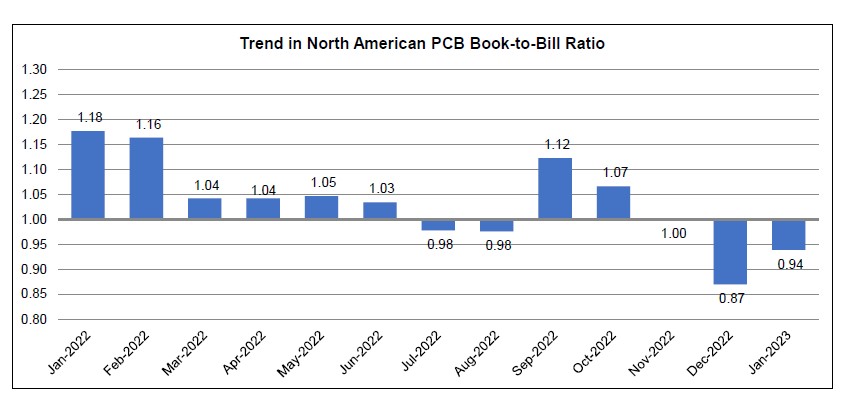Hughes Circuits, Inc. Earns IPC-1791, Trusted Electronic Designer, Fabricator and Assembler Requirements Qualified Manufacturers Listing
IPC's Validation Services Program has awarded an IPC-1791, trusted electronic designer, fabricator, assembler, and cable and wire harness assembler Qualified Manufacturers Listing (QML), to Hughes Circuits Inc., located in San Marcos, Calif.
Hughes Circuits Inc. is the only electronics manufacturing services (EMS), company located in the San Diego area, which houses a complete PCB layout service bureau, a complete PCB fabrication facility, a full-service PCB assembly facility, and a precision metal fabrication facility. The IPC-1791 QML demonstrates Hughes Circuits Inc.’s commitment to securing a position as a trusted supply in the U.S electronics manufacturing industry.
“I am proud of the work done by our team to ensure the security of our clients and end user data and intellectual property,” said Russ Collins, corporate director of quality for Hughes Circuits Inc. “We are excited to have added the IPC-1791 QML to our extensive list of qualifications, i.e. AS9100D for the aerospace industry, ISO 13485 for the medical industry and the full suite of IPC certifications for all persons involved in PCB layout, fabrication, assembly and metal fabrication.”
IPC's Validation Services QPL/QML Programs were developed to promote supply chain verification and recognition. It also provides auditing and qualification of electronics companies' products and identifies processes that conform to IPC standards. The IPC-1791 QML verifies security systems and recognizes companies for either trusted electronics design, fabrication, or assembly, ensuring a high level of integrity.
"IPC's Validation Services Audit Programs uniquely provide technical and in-depth assessments of products and processes in accordance with IPC standards," said Randy Cherry, IPC director of Validation Services. "We are pleased to especially recognize Hughes Circuits Inc. on becoming a member of IPC's network of trusted QML suppliers for IPC-1971, design, fabrication and assembly requirements."
For more information on IPC's Validation Services QPL/QML Program, visit www.ipcvalidation.org or call +1 847-597-2892.


